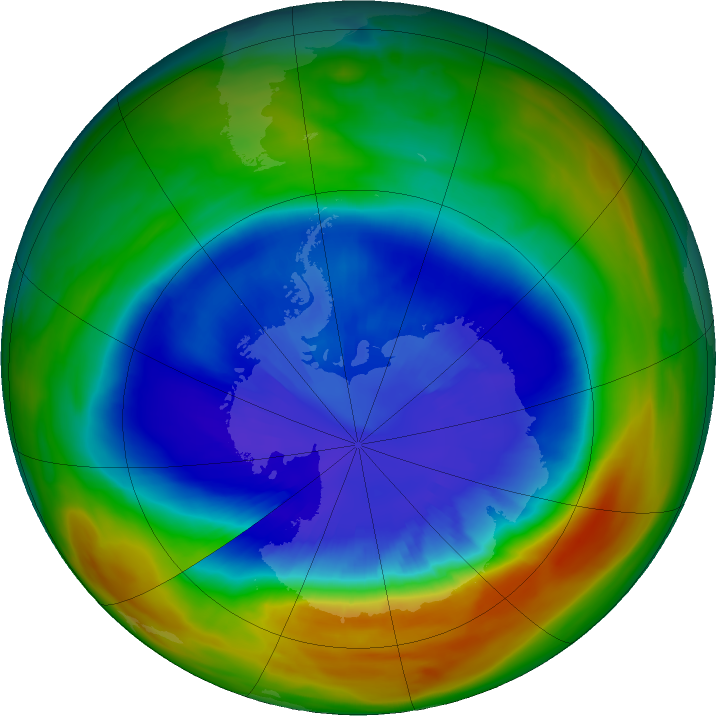Massive ozone hole 7 times larger than Antarctica hole found over tropics
Ozone is a layer of gas in the atmosphere which protects life from harmful ultraviolet rays.
A massive ozone hole which is at least seven times larger than the Antarctic ozone hole has been found over the tropical region.
The discovery was made by Professor Qing-Bin Lu, a scientist from the University of Waterloo in Ontario, Canada. He found that the hole has been there for more than 30 years and covers almost all of the planet's tropical region.
Unlike the better-known Antarctic ozone hole which opens up every year in spring, the recently discovered ozone hole is a year-round gap in the planet's ozone layer. It has been revealed to be in the lower stratosphere over the tropics, per The Independent. It could affect 50 percent of the world's population.
The stratosphere is the layer of the atmosphere that sits 6 to 31 miles above the troposphere, which is the lowest layer and where weather happens. The lower portion of the stratosphere is where a major chunk of the ozone is and it is here that a good part of UV absorption happens.
A hole in the ozone leaves people vulnerable to the harmful effects of ultraviolet (UV) rays as the sun shines brighter over these regions.
"[It] could cause global concern as it can cause increases in ground-level UV radiation and associated risks of skin cancer and cataracts, and other negative effects on health and ecosystems in tropical regions," Professor Qing-Bin Lu told The Independent.
The findings have taken the science community by surprise since it had not been predicted by conventional photochemical models, adds the report.
"First, no tropical ozone hole was expected to exist from the mainstream photochemical theory. Second, unlike the Antarctic/Arctic ozone holes that are seasonal and mainly appear in spring, the tropical ozone hole is essentially unchanged across the seasons and is therefore invisible in original observed data," added Professor Lu.
He believes that cosmic-ray-driven electron reaction (CRE), wherein cosmic rays from space reduce ozone in the atmosphere, has played a major role in causing both ozone holes.
Ozone is a layer of gas in the atmosphere which protects life from harmful ultraviolet rays. Substances called chlorofluorocarbons (CFCs) had been contributing to the depletion of this layer.
However, the efforts of the Montreal Protocol, a convention where the world came together to regulate and reduce the use of chemicals such as CFCs that harm the ozone, has actually worked over the years in protecting the layer, per a study by NASA.























